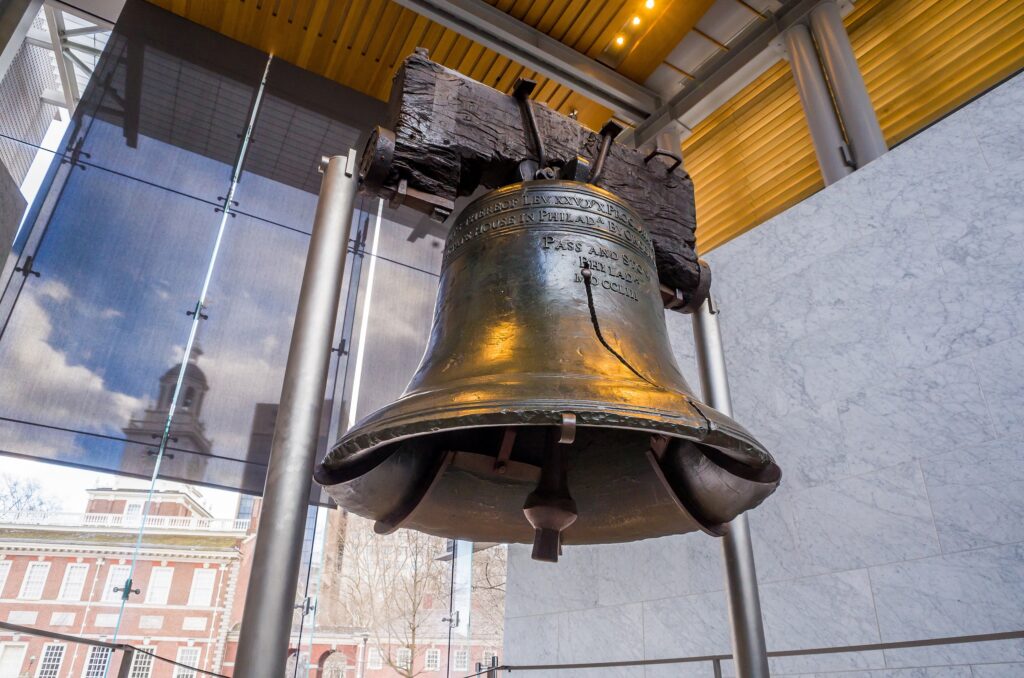Things are getting weird in pipeline country
In an environment that only a lawyer looking for billable hours could love, federal courts are making a mess of executive branch guidance concerning whether federal agencies need to consider “indirect” climate effects when regulating pipeline construction.
The Obama administration in August 2016 finalized guidance on how agencies should consider climate change in project reviews. The guidance said federal agencies must consider the larger impact of greenhouse-gas emissions that occur from energy projects when completing its National Environmental Policy Act (NEPA) analysis.
The decision formalized executive action that President Barack Obama had informally created when he denied construction of the Keystone XL pipeline on climate-change grounds in November 2015. Obama then signed the United States up to substantial cuts in its greenhouse-gas emissions during the Paris Climate Accords in December 2015 and it all made sense.
But that was before Donald Trump came to town. In March, the White House rescinded the Obama guidance via an executive order, and in June, Trump announced the United States would leave the Paris Accord by the end of his first term. For outside observers, this would seem to shut down the possibility of the government taking climate change into consideration until at least another Democratic administration.
But this turns out not to be the case. For the last decade or so, some federal courts have rejected projects that the courts felt hadn’t taken the potential damage of indirect climate emissions into account. This gives plaintiffs the ability to argue to courts that there is legal precedent for blocking permits, even if the executive branch in charge of the permits change hands and reverses the policy. The legal issues have never reached the U.S. Supreme Court for final adjudication.
The political battle over natural gas pipelines is where the sniper fire is hottest right now.
In August, the U.S. Court of Appeals for the Federal Circuit ruled that the Federal Energy Regulatory Commission should have considered the impact of climate change when considering whether to approve a 500-mile natural gas line serving the Southeast. It ordered FERC to redo the analysis.
But FERC, which is responsible for siting all interstate natural gas pipelines, has for years fought against including indirect emissions into its environmental analysis. Now, newly staffed with a majority of Republican commissioners appointed by Trump, FERC doesn’t look to be backing down.
On Sept. 15, FERC overruled New York State’s Department of Environmental Conservation (DEC), which had blocked an eight-mile extension of the Millennium Pipeline in upstate New York under its Clean Water Act authority. New York, which has banned hydraulic fracturing, argued in its rejection letter that FERC had earlier “failed to consider or quantify the indirect effects of downstream [greenhouse gas] emissions in its environmental review of the project.”
While pipeline builders were pleased with the FERC decision, the agency only overruled the state authority on a technicality, arguing that New York waited longer than the 12-month window allowed under statute before rejecting the application.
Two other pipeline companies have said they would seek similar waivers from FERC after being blocked by DEC using the same Clean Water Act authority. Yet it is unclear whether the same procedural violations have taken place, and courts have not supported FERC’s assertion that it shouldn’t take project emissions into account.
This means the Obama administration’s climate guidance is still operating through the U.S. court system, even when the Trump White House has rescinded the guidance.
Again, things have gotten strange regarding pipeline siting in the United States – so much so that only a decision by the U.S. Supreme Court will likely straighten the rules out.
Image by Kodda







